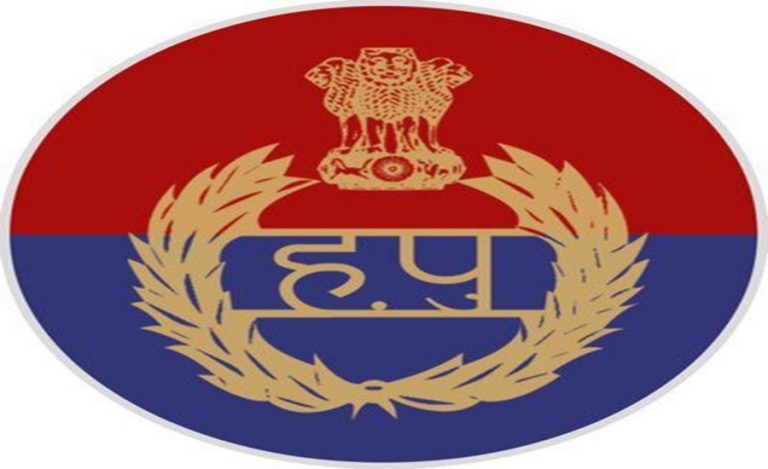Police station grounds being full of scrap vehicles is not so rare a scene. Not only these vehicles unnecessarily occupy space in the campus and dent the aesthetic value, an extra burden falls on the SHOs to maintain records of these malkhana vehicles and ensure security.
Police stations in Kishanganj were also facing a similar situation. While there is space crunch for police personnel quarters, these vehicles had occupied space and at some places they were the reason for blocking a part of the road.
When IPS officer Dr. Inam Ul Haq joined as the SP of the district, he decided to get rid of the ‘Kabad Khanas’ by creating a digital inventory of around 1000 vehicles (2 wheelers and 4 wheelers) lying in police station campuses. While around 25% of vehicles were released to the owners, the rest were auctioned. This whole process added around 1 crore revenue to the state government treasury.
SOP SHARED
Speaking to Indian Masterminds, the officer said that the SOP for the process has been shared with all the district police departments and they are following it. He, however, informed that vehicles seized under the mining act, forest act and essential commodities act are excluded. These are separately released after fine deposit, or auctioned by the office of the district magistrate.
VALUE LOST
Mostly there are two types of vehicles, unclaimed and case-related vehicles which are
normally seized in various matters like accident, illegal mining, essential commodities act, vehicle used to commit crime, forest and customs act, vehicles having no claimant and found on roadside and brought to police station campus.
“Sometimes, a vehicle is stolen from West Bengal and we seize it in our district. That remains with us as there is no proper communication and the owner never shows up,” the officer said.
There is no evidentiary value with the passing time as digital photo of exhibit can be used as secondary evidence only. Besides, the value depreciate and the vehicles can also be a source of communicable diseases in the campuses, like dengue and malaria. And, these vehicles also lead to loss of aesthetic value of the police station campus.
DIGITIZED INVENTORY
To sort this out, a software was made and vehicles/malkhana exhibits were inventoried digitally in software for easy search and fast retrieval of data. Inventory was prepared by reconciling various documents and registers in police station like malkhana register, FIR, case dairy and station dairy of police station, E-court app, etc.
The VAHAN App is now used to find the owner, insurance company, financier and for matching of registration number, chassis and engine number.
THE NEXT STEPS
Public notice in local/regional/national news papers are given for general information of public (owner, claimant, financier, insurance company, etc.) – whether any person has objection or ownership/hypothecation interest in any vehicle.
A list is then uploaded on NIC Website District Kishanganj and the Bihar Police official website for general information of the public. Thereafter, two letters are released, one to the financiers and insurance companies to inform them if some insurance claim is pending against them, and another one to the vehicle owner (if found) for release of the vehicle from the police station. Around 200 vehicles were released to legal owners/claimants this way. The rest, with no claimant, were sent for e-auction.
AUCTION
A letter is then sent to the DTO (District Transport Officer) and MVI (Motor Vehicle Inspector) for valuation of the vehicles. A committee is constituted and after correspondence with district magistrate, district judicial officers and district prosecution officers, the process of e-auction is started. The notice of the auction is released in newspapers, electronic media, and district NIC website for wide publicity.
With such auctions, the district police earned around Rs. 1 crore, and Rs. 50-60 lakh more is expected further. Talking about the challenges in the whole process, the SP said, “The documentation was not up to date. Plus, there was lack of interest in various departments to carry this out.”
He also emphasized that Rs. 30,000 was spent on making the software. Besides that, no extra manpower was utilized for digitization and auction of vehicles. The whole process was completed with nominal cost but it generated significant revenue.
Now, police stations in Kishanganj have more free space which can be used for further construction. Seeing its efficacy, the model is now being replicated in other districts of the state, too.

































